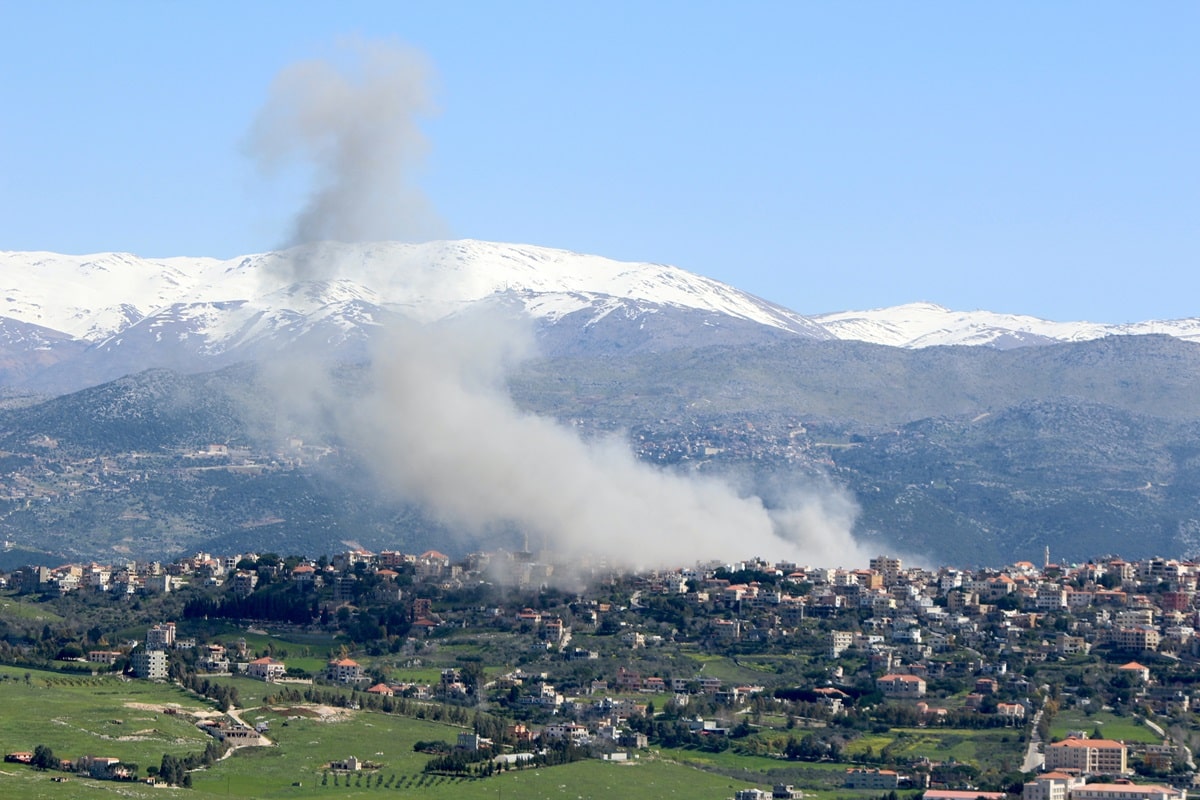
“In war, there is but one favorable moment, the great art is to seize it.” This quote by Napoleon remains one of the most fundamental principles of warfare to this day. Our adversary in the north had such a moment on the morning of October 7th, but he failed to seize it. When I heard reports of the outbreak of war in Gaza, I waited with great vigilance for similar news from the north. When these did not come, I felt a slight relief, despite the terrible news from the south. That Saturday morning was the perfect moment for the enemy, a moment when we were caught by strategic surprise. An attack from another front, especially the northern one, would have led to outcomes I don’t even want to imagine. “There is one who acquires his share in the World-to-Come in one moment,” our sages of blessed memory said. Fortunately, our enemy did not acquire his share with a strategic surprise.
Is this our moment? A strategic surprise like Pearl Harbor or the Six-Day War seems unattainable for either side at the moment. Both sides are already engaged in mutual hostilities; one might even call it war. Either way, both sides are alert and on guard. However, there is an additional advantage in taking the initiative with a preemptive strike, even in the absence of strategic surprise.
Taking the initiative, as opposed to waiting, which results in absorption or containment, derives from the principle known as the OODA loop (Observe, Orient, Decide, Act) – a decision-making model developed by military strategist and United States Air Force Colonel John Boyd. The third component of the model refers to making a decision before taking action, and is based on the processes that precede it. These, in turn, are based on the given situation at that moment in the battlefield. However, an attack initiative by one side completely changes the data upon which the other side’s plans are based. The situation upon which the enemy’s assumptions and action plans are based becomes irrelevant the moment an attack is launched by the other side.
One of the early philosophers in ancient Greece, Heraclitus, stated: “No man ever steps in the same river twice.” Allegedly, each one of us can perform an experiment that would disprove this claim. However, Heraclitus’ intention was that reality changes all the time and therefore the river is no longer the same river (and the foot stepping in it is no longer the same foot). This is exactly the idea behind taking the initiative of the attack – changing the river in such a way that all the opponent’s plans are no longer suitable for that “new” river.
Taking the initiative has immense value in every field, especially when it comes to maneuvering armies during wartime. It is not merely semantics. “Who dares, wins,” said Colonel David Stirling, who founded the Special Air Service (SAS). This is true not only for military purposes. It also applies to economics, sports, and even science. War is not a tennis match that requires waiting for the opponent’s serve and reacting to it, but rather a simultaneous sequence that requires initiative and, no less, continuity of that offensive opening.
Humans crave certainty and are willing to pay for it. This is the reason why insurance companies exist or why there is a premium on high-risk loans. But in war, one cannot buy insurance policies. There is no certainty on the battlefield in any case. Therefore, even choosing a passive method of operation is a high-risk choice which provides no certainty. Accordingly, I see only one good course of action on the northern border: Act first. As General George Patton is reputed to have said: “In case of doubt, attack!”
This article was originally published in ynet





